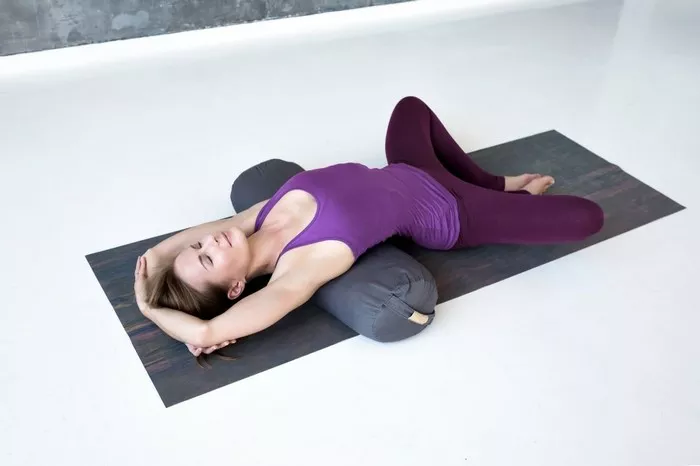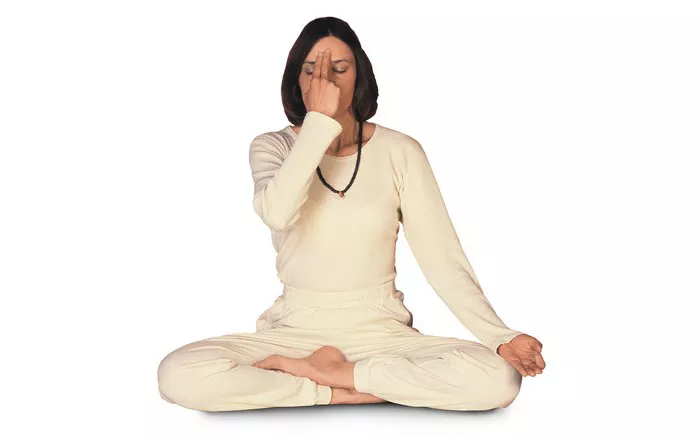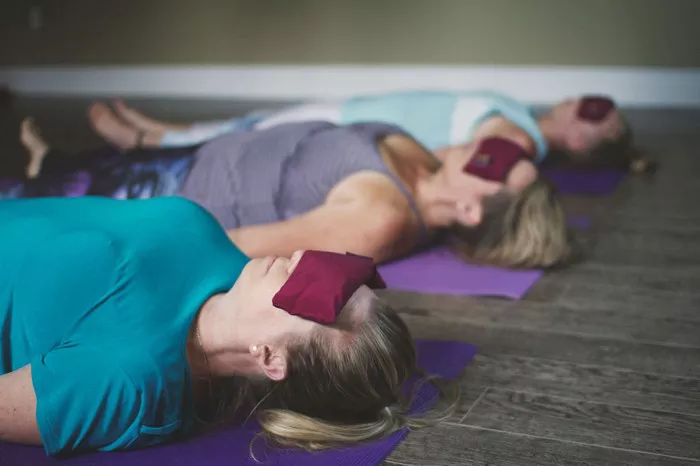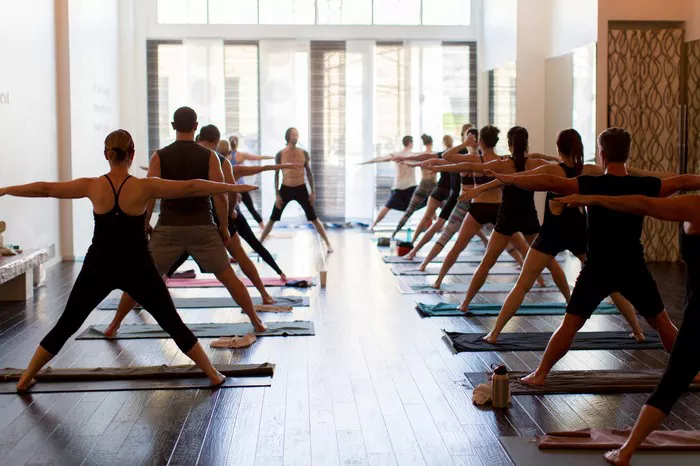Yoga is a beautiful practice that promotes connection and balance. Partner yoga poses enhance this experience by allowing two people to work together. These poses require cooperation, communication, and trust. They also help improve flexibility, strength, and relaxation for both partners. Practicing yoga together can deepen your bond and create a shared sense of mindfulness. In this article, we will explore some of the best partner yoga poses that you can try.
The Benefits of Partner Yoga
Partner yoga has many benefits. First, it encourages communication between partners. This is essential for maintaining balance and proper form. Second, it helps build trust. When you rely on each other for support, you learn to trust your partner more. Third, partner yoga can increase your strength and flexibility. Many poses challenge both partners to stretch their limits. This shared experience can enhance your overall practice. Moreover, partner yoga can be a fun way to explore new poses. It adds a playful element to your routine.
Basic Warm-Up Poses
Before diving into more complex poses, warming up is crucial. Simple stretches can help prepare your bodies. Begin with seated forward bends. Sit facing each other with your legs extended. Hold each other’s wrists and gently pull forward. This stretch warms up the spine and hamstrings. Next, try seated twists. One partner can twist to the right while the other twists to the left. This pose promotes spinal flexibility and helps release tension in the back. Remember to breathe deeply during these stretches. Proper breathing is essential for a successful yoga practice.
Tree Pose with Support
One of the most popular partner poses is the Tree Pose. Stand side by side. Each partner raises their outside leg, placing the foot on the inside thigh of the standing leg. Use your arms to reach toward each other. This pose improves balance and focus. If you struggle to maintain your balance, hold onto each other’s wrists. This added support can help you feel more stable. Make sure to engage your core. This will help keep you grounded and centered.
Double Downward Dog
The Downward Dog pose is a staple in yoga. For the double version, one partner gets into Downward Dog. The second partner can step back and place their feet on the lower partner’s back. This pose creates a fun dynamic. The partner on the bottom receives a nice stretch in their back and shoulders. Meanwhile, the partner on top gets to engage their core while balancing. It’s important to communicate during this pose. Ensure that both partners are comfortable with the weight distribution.
Partner Forward Bend
The Partner Forward Bend is a simple yet effective pose. Both partners stand facing each other. With feet hip-width apart, hold each other’s wrists. Inhale and lengthen your spine. As you exhale, both partners bend forward together. This stretch opens the hamstrings and lower back. It also encourages a sense of unity. Ensure that both partners are aligned. If one partner struggles to maintain balance, gently adjust your stance.
Seated Back-to-Back Twist
For the Seated Back-to-Back Twist, both partners sit with their backs touching. Legs can be crossed or extended. One partner twists to the right while the other twists to the left. This pose enhances spinal flexibility and encourages relaxation. Breathing deeply is crucial here. Inhale as you lengthen your spine and exhale as you twist deeper. This is a great pose for calming the mind and fostering connection.
Partner Warrior Poses
Warrior Poses are fantastic for building strength and stability. To practice Partner Warrior II, stand facing each other with a few feet of distance. Step back with one leg to enter Warrior I. Once stable, extend your arms out to the sides. Hold each other’s wrists to maintain balance. This pose builds strength in the legs and opens the chest. Make sure both partners are grounded. Communicate about your positioning to ensure safety.
Cooperative Bridge Pose
In the Cooperative Bridge Pose, both partners lie on their backs with knees bent. Feet should be flat on the floor. Each partner lifts their hips into the air, creating a bridge. You can hold hands or place arms on each other’s shoulders. This pose strengthens the glutes and opens the chest. It also allows both partners to experience a gentle backbend. Maintain communication to ensure both partners feel supported.
Double Plank Pose
The Double Plank Pose is a fun challenge. One partner gets into Plank Pose, while the other partner positions themselves on the first partner’s back. This pose enhances core strength and stability. Focus on keeping your body straight and your core engaged. If either partner feels uncomfortable, adjust your positions. This pose requires trust and cooperation.
Chair Pose for Two
The Chair Pose can be adapted for two people. Stand facing each other with feet hip-width apart. Each partner lowers into Chair Pose, as if sitting in an invisible chair. Hold each other’s wrists to maintain balance. This pose strengthens the legs and engages the core. Ensure that your knees don’t extend beyond your toes. Both partners should align their bodies to prevent injury.
See Also: Scorpion Pose: Unlocking Strength and Flexibility
Yin and Yang Yoga
In this pose, one partner performs a Yin posture while the other practices a more active Yang pose. For example, one partner can sit in a forward fold while the other holds a Warrior II. This combination creates a beautiful balance of energy. It teaches partners to respect each other’s practice styles. Communicate about your experiences and share insights. This collaborative approach can deepen your understanding of yoga.
Candle Pose
The Candle Pose is a creative and relaxing pose for two. One partner lies on their back with legs extended. The second partner supports the first partner’s legs. Lift the legs into the air to create a candle shape. This pose helps improve circulation and can alleviate tension. It’s essential for both partners to breathe steadily. This pose encourages a sense of calm and connection.
Trust Fall Pose
The Trust Fall Pose is about building confidence in your partner. Stand facing each other with a few feet apart. One partner leans back, trusting the other to catch them. The catching partner needs to engage their core and brace themselves. This playful pose strengthens trust and communication. It can also lead to laughter, enhancing the overall experience.
Conclusion and Safety Tips
As you explore partner yoga poses, always prioritize safety. Start with poses that feel comfortable for both partners. Communication is key to a successful practice. Check in with each other regularly to ensure you feel safe and supported. Remember that it’s okay to modify poses as needed. The goal is to enhance your connection and enjoy the practice together. With patience and practice, partner yoga can bring joy and deeper understanding into your lives.
You Might Be Interested In




















